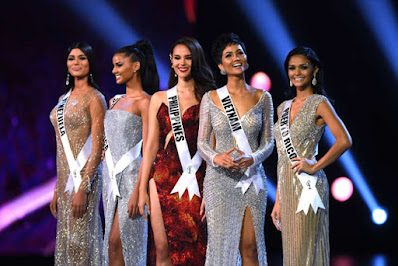“Miss Universe's Evolution: Diversity, Inclusivity, and Changing Standards”

In a groundbreaking move, Miss Universe saw a change in ownership in
October 2022, with billionaire Anne Jakkaphong, a trans woman of Thai origin,
taking the reins.
Historical Background:
Miss Universe originated in the 1950s as a response to a bikini
controversy, diverging from the Miss America contest. CBS TV acquired the
rights in the 1960s, and by 1972, the pageant had expanded globally.
Evolution of Standards:
The pageant broke barriers in 1977 when Janelle Commissiong became the
first black woman to win. Initially, contestants had age and marital
restrictions. The 1990s saw more countries joining, emphasizing intelligence
and communication skills.
Donald Trump Era:
From 1996 to 2015, Donald Trump's ownership led to changes, shifting
focus to a 'Top Model'-style concept and introducing the dramatic elimination
format for finalists.
Modernizing Rules:
Recent years witnessed changes, including a participant being legally recognized as a woman since 2012, paving the way for transgender contestants.
Angela Ponce, Miss Spain in 2018, exemplified this inclusivity.
Further Inclusivity:
Miss Universe announced plans to allow married women and those with children
to participate from 2023, challenging long-standing norms. The shift aims to
recognize women's agency over their lives.
Age Limit Adjustment:
While the pageant embraces various changes, the age limit remains a focal point. The current requirement is 18 to 27, limiting opportunities for older
models like Maye Musk.
Looking to the Future:
As Miss Universe continues to redefine beauty standards, one wonders if
age limitations might evolve in the future, reflecting the ongoing commitment
to inclusivity.
Related
Queries:

